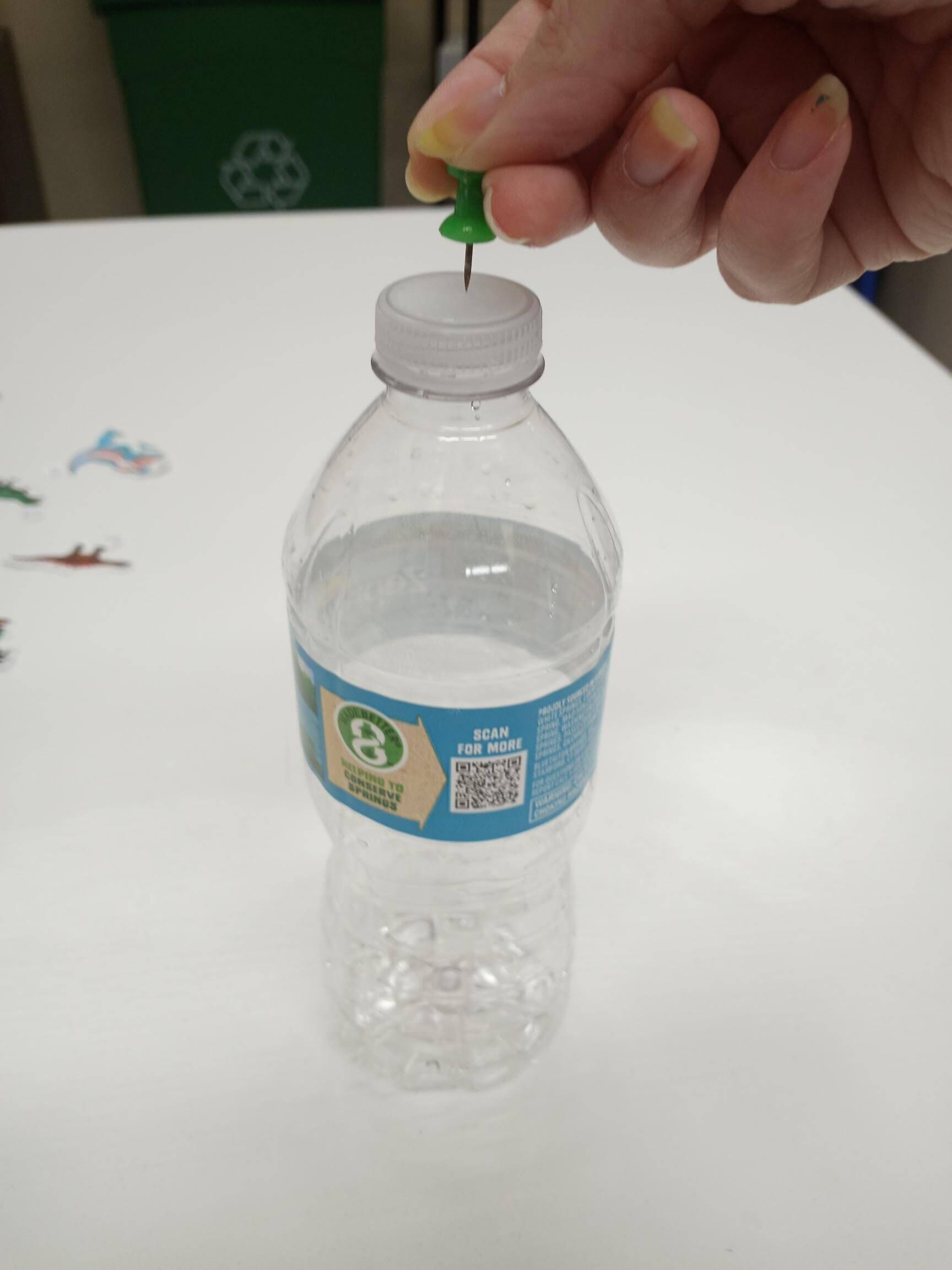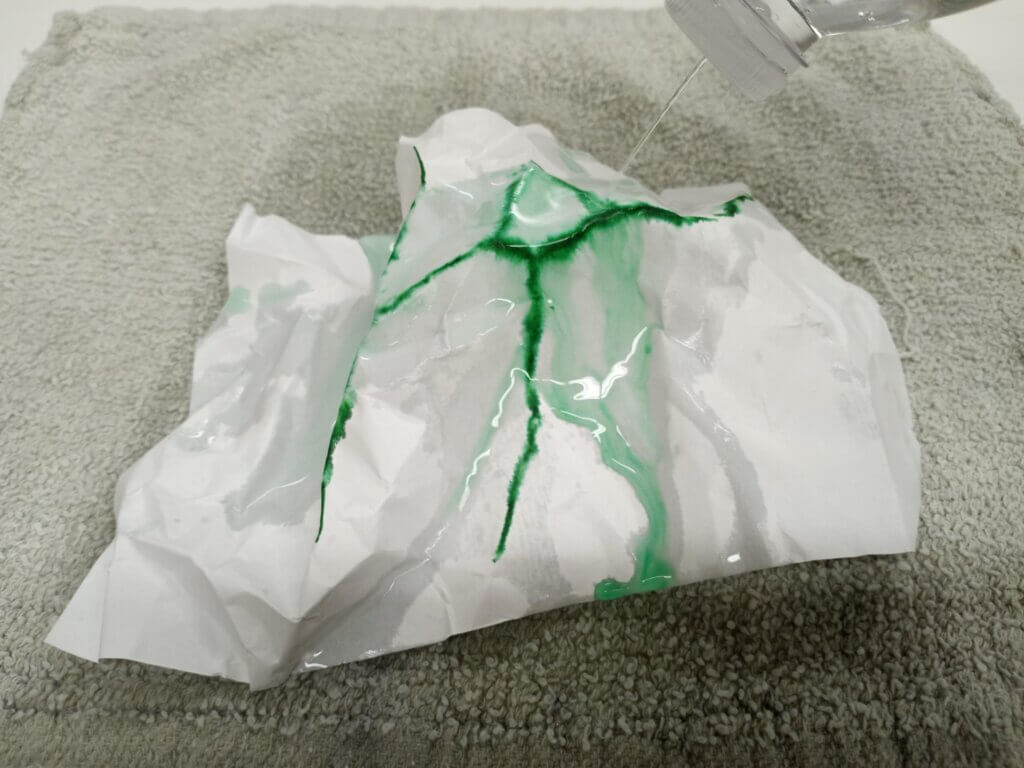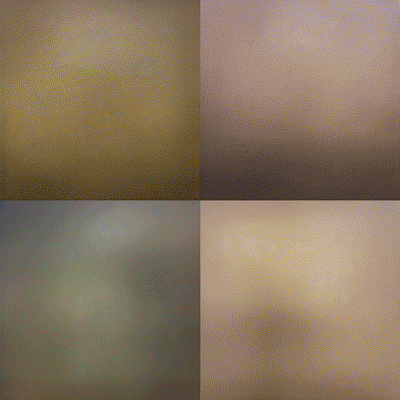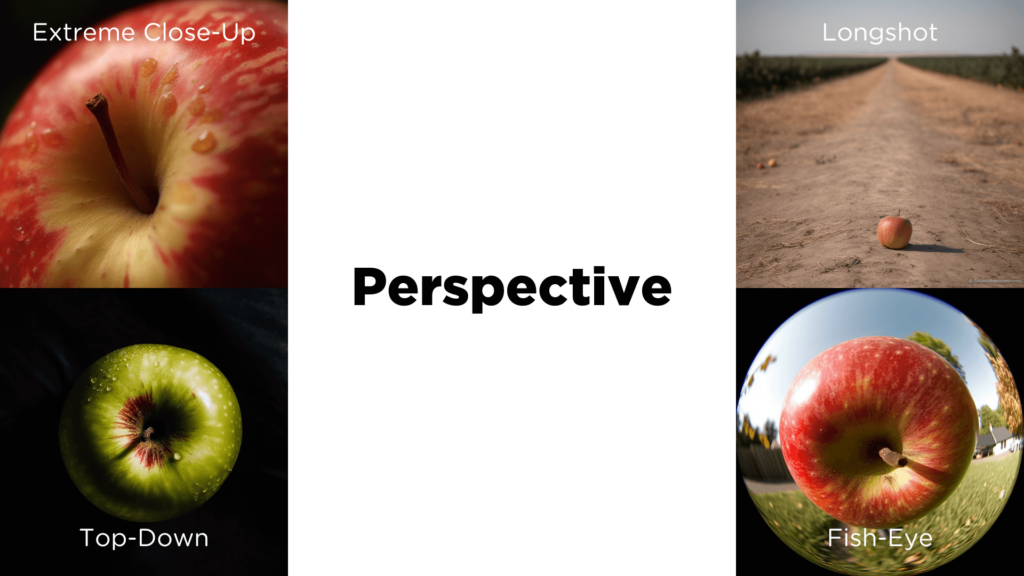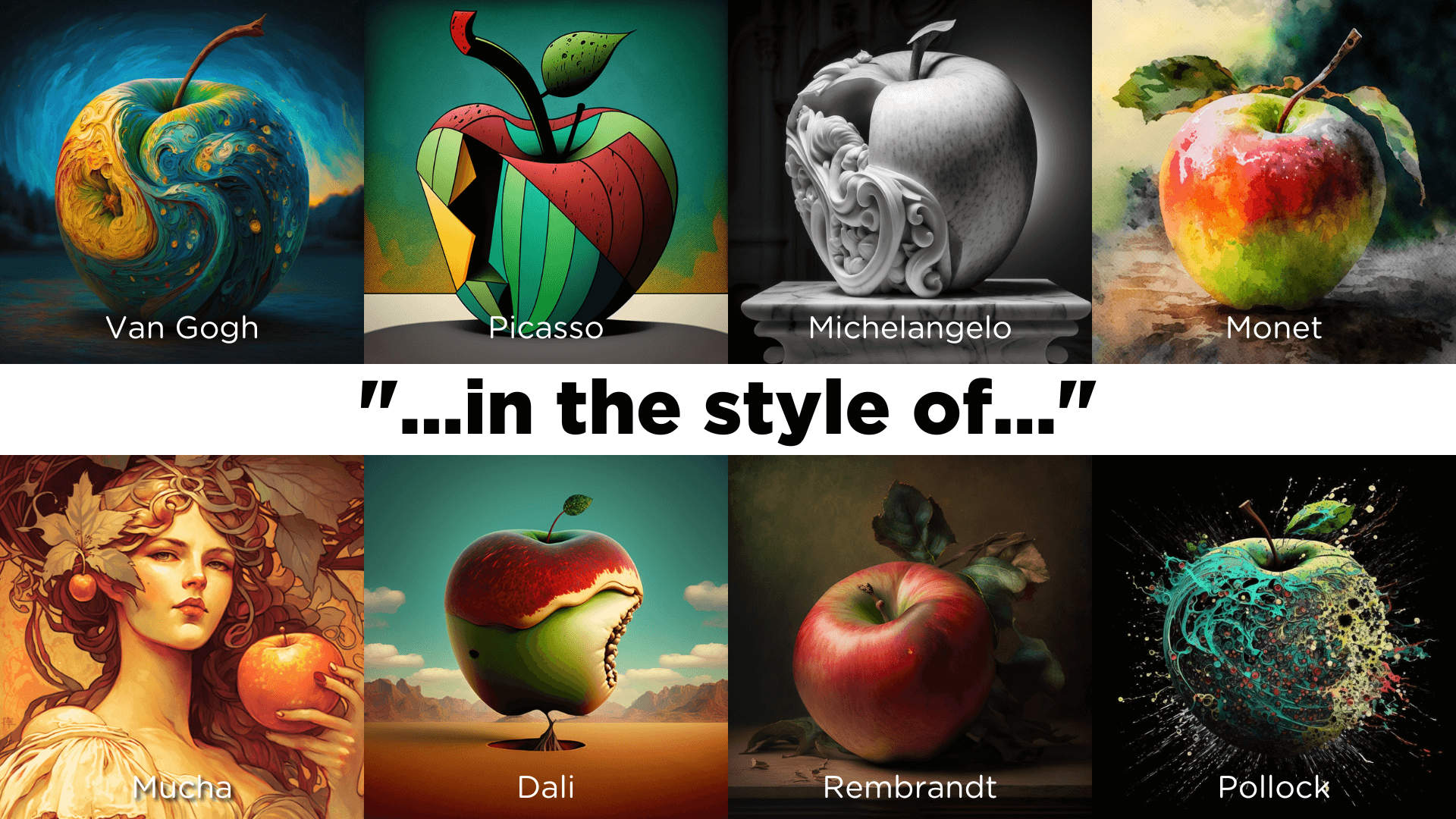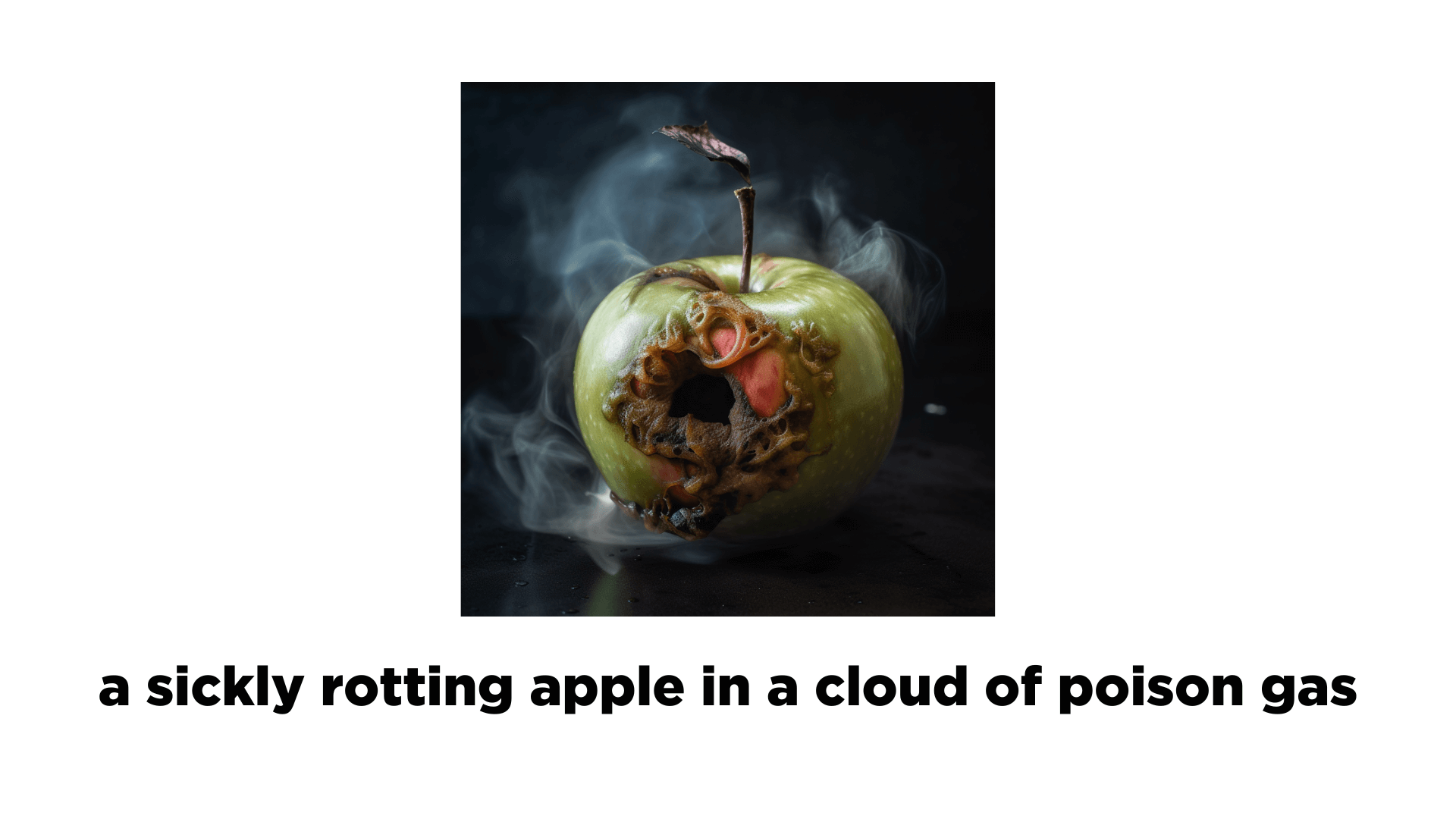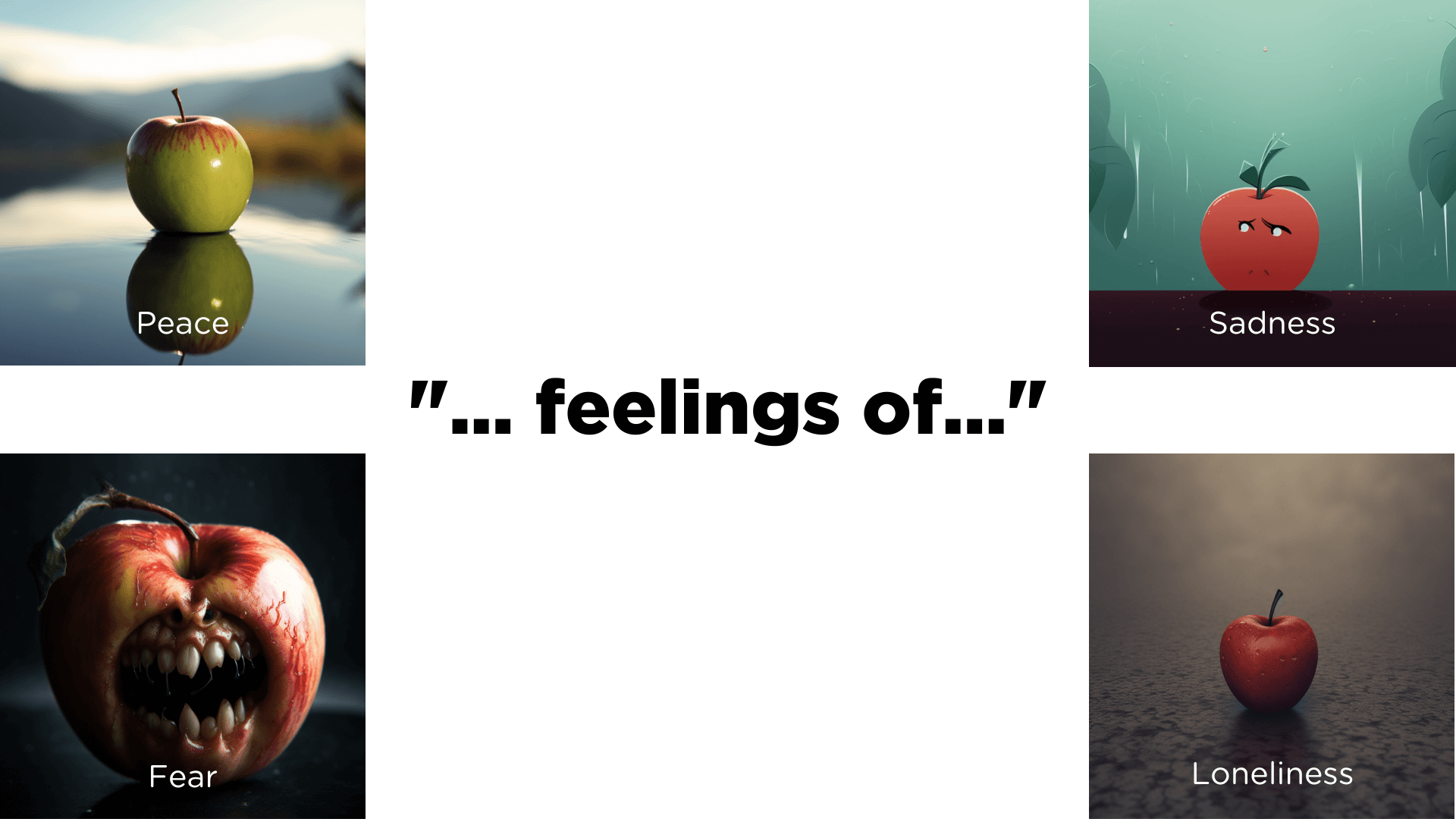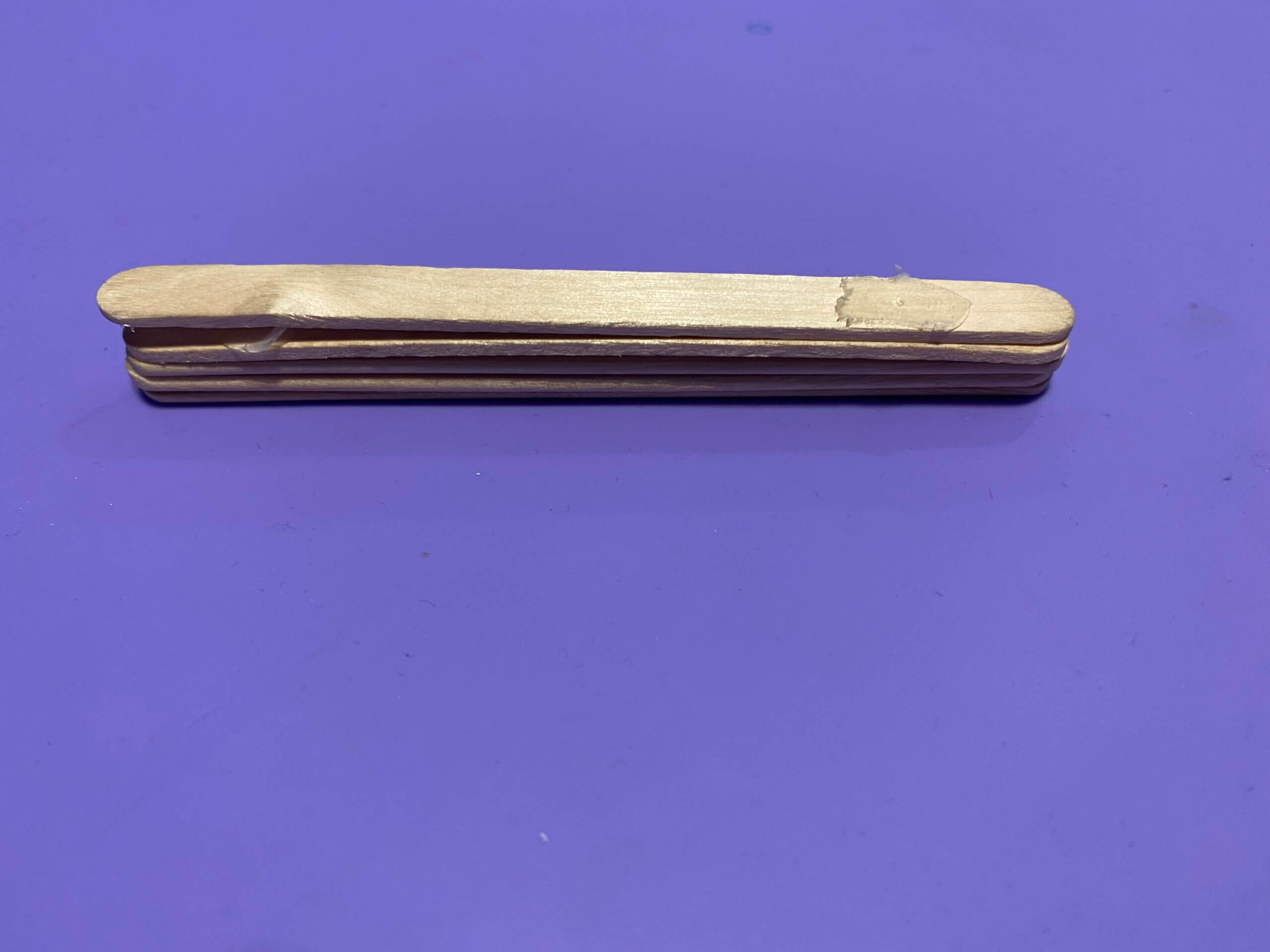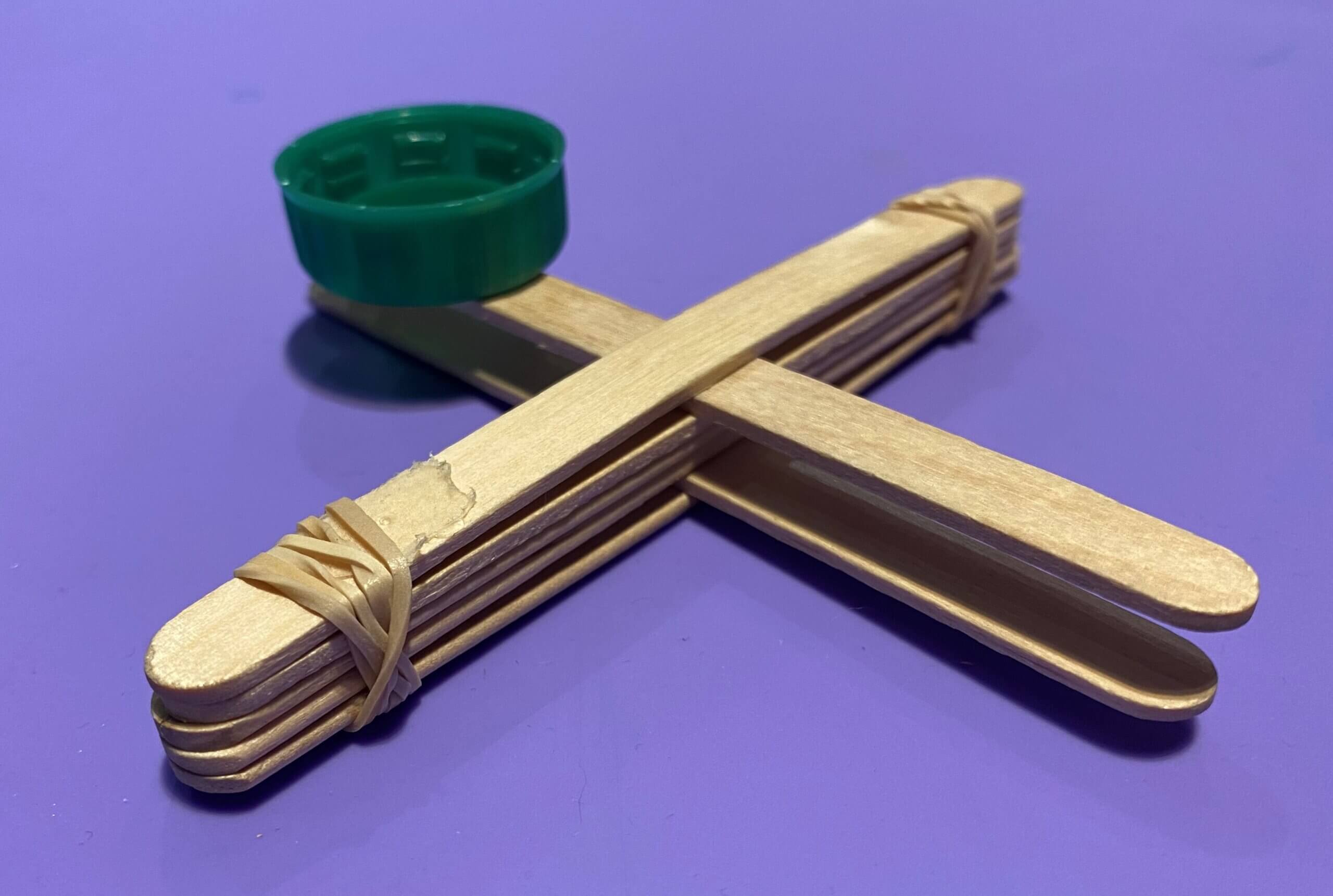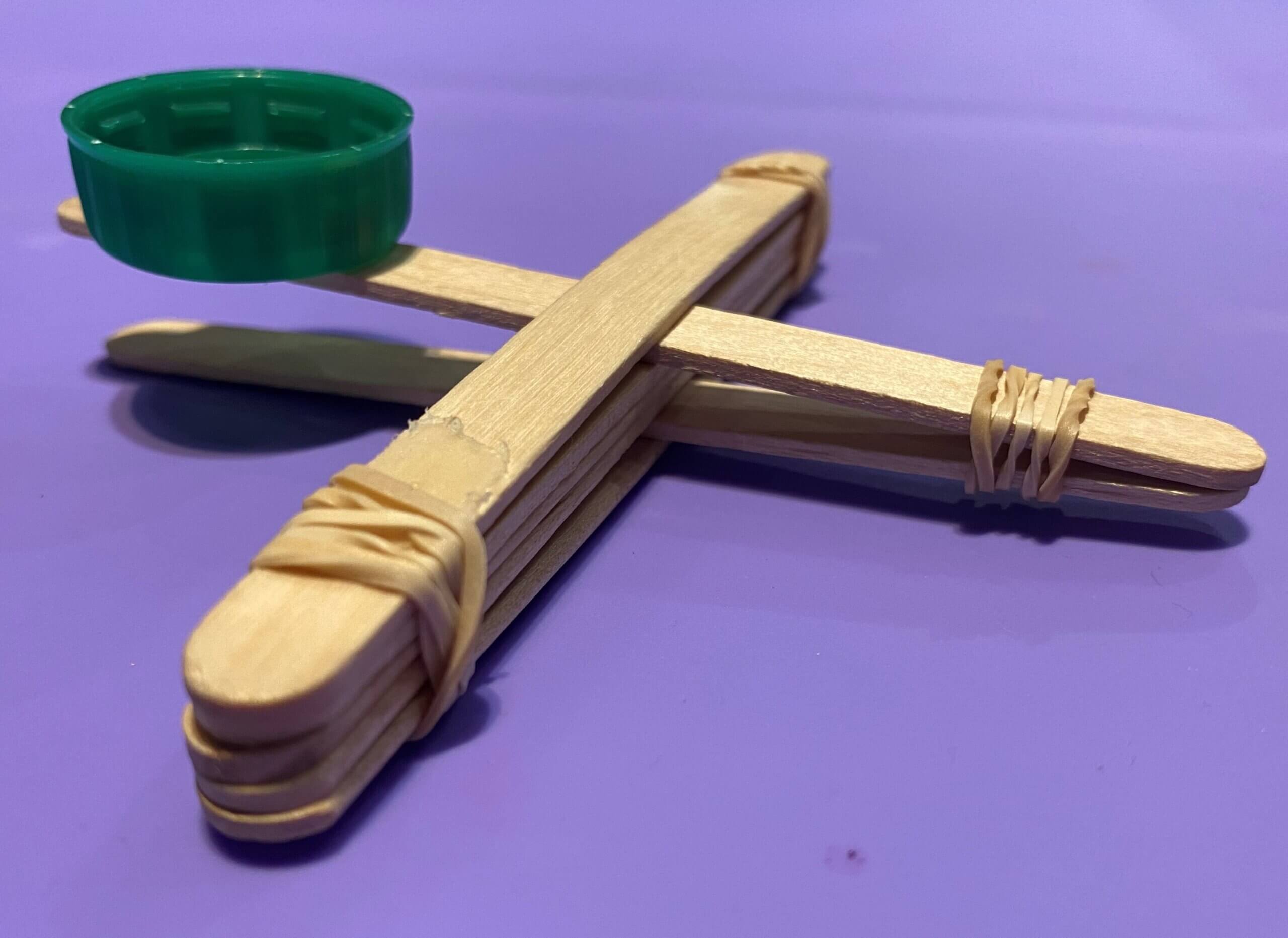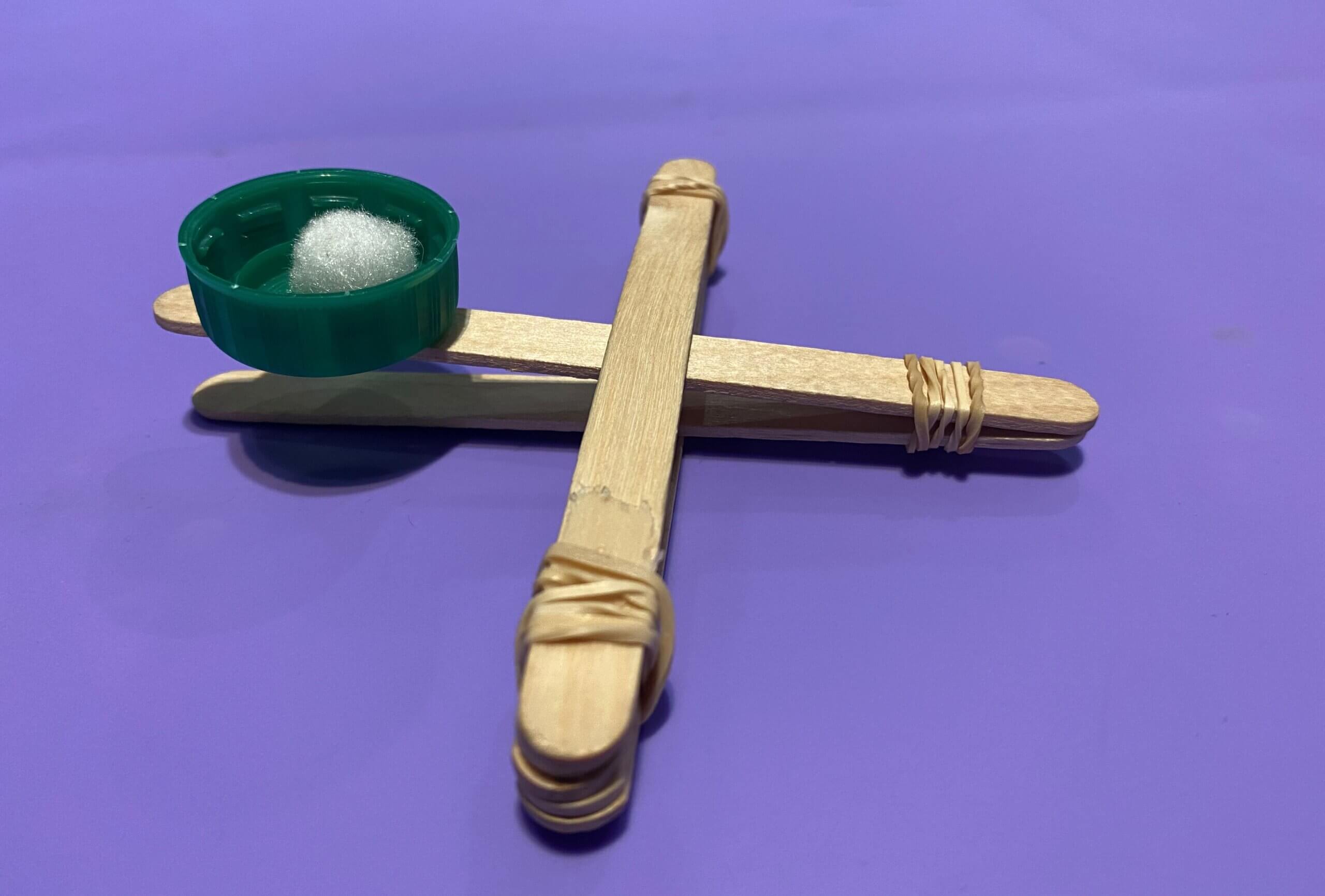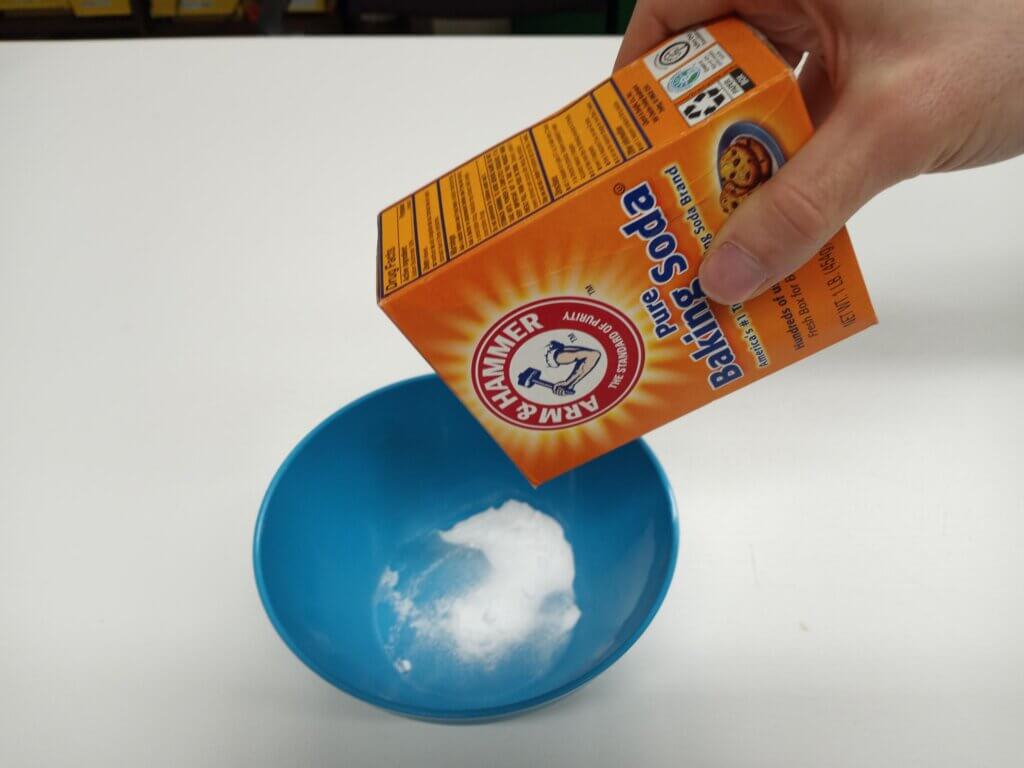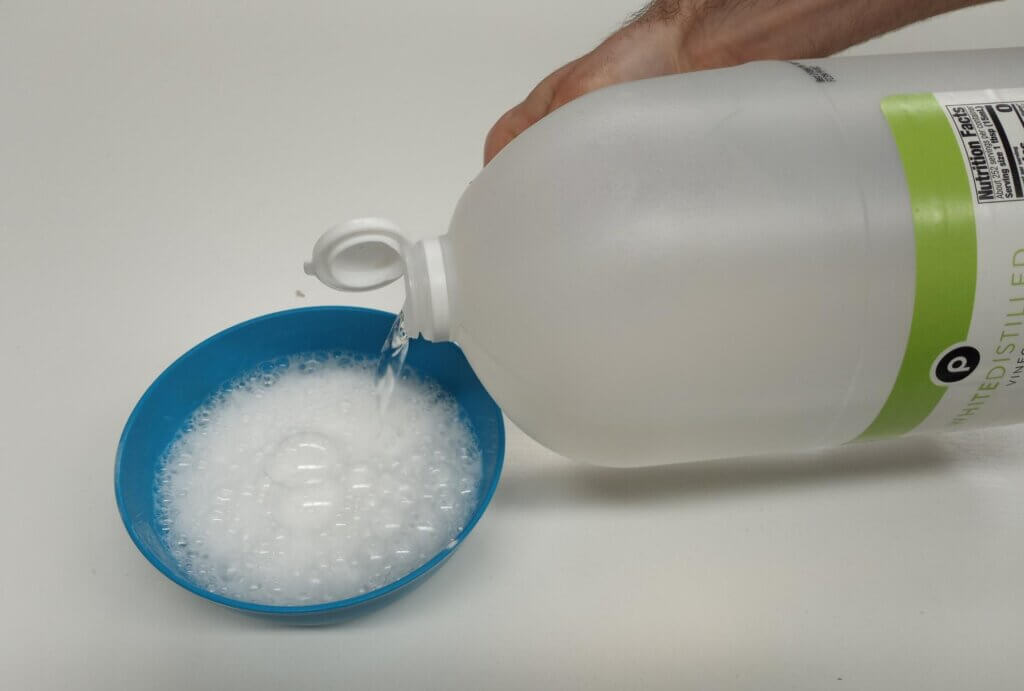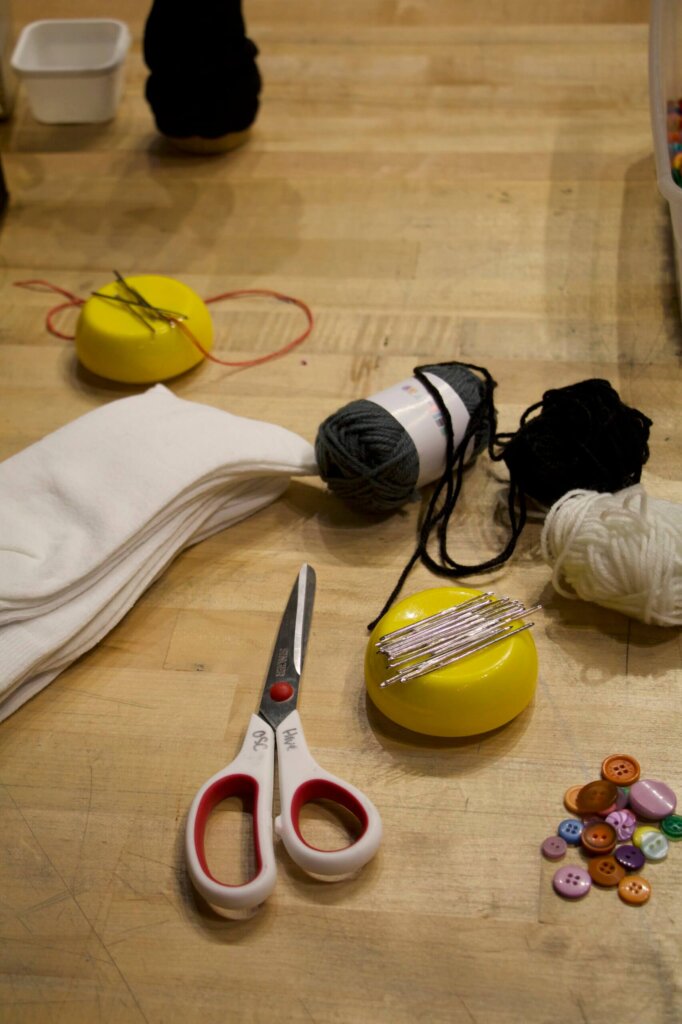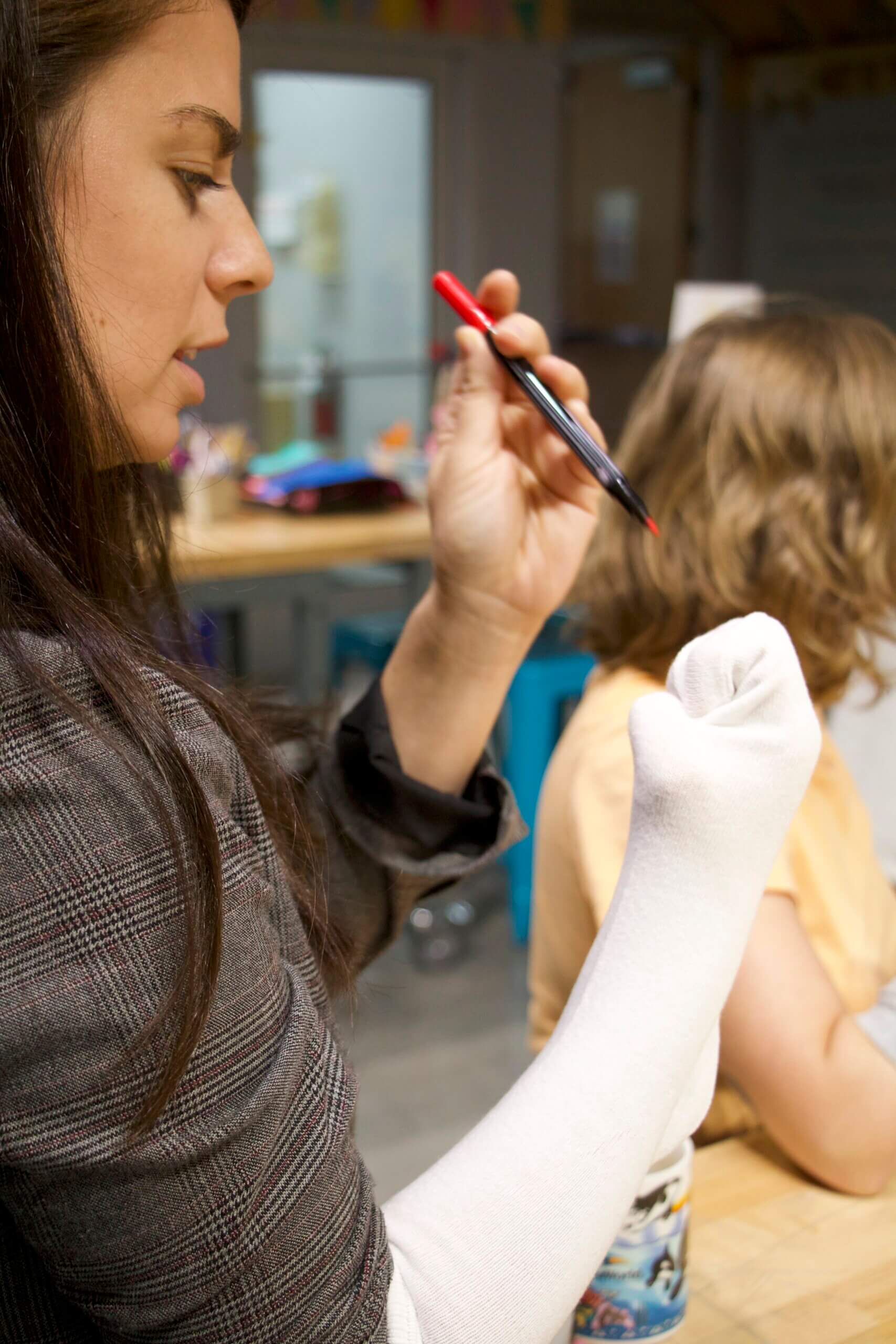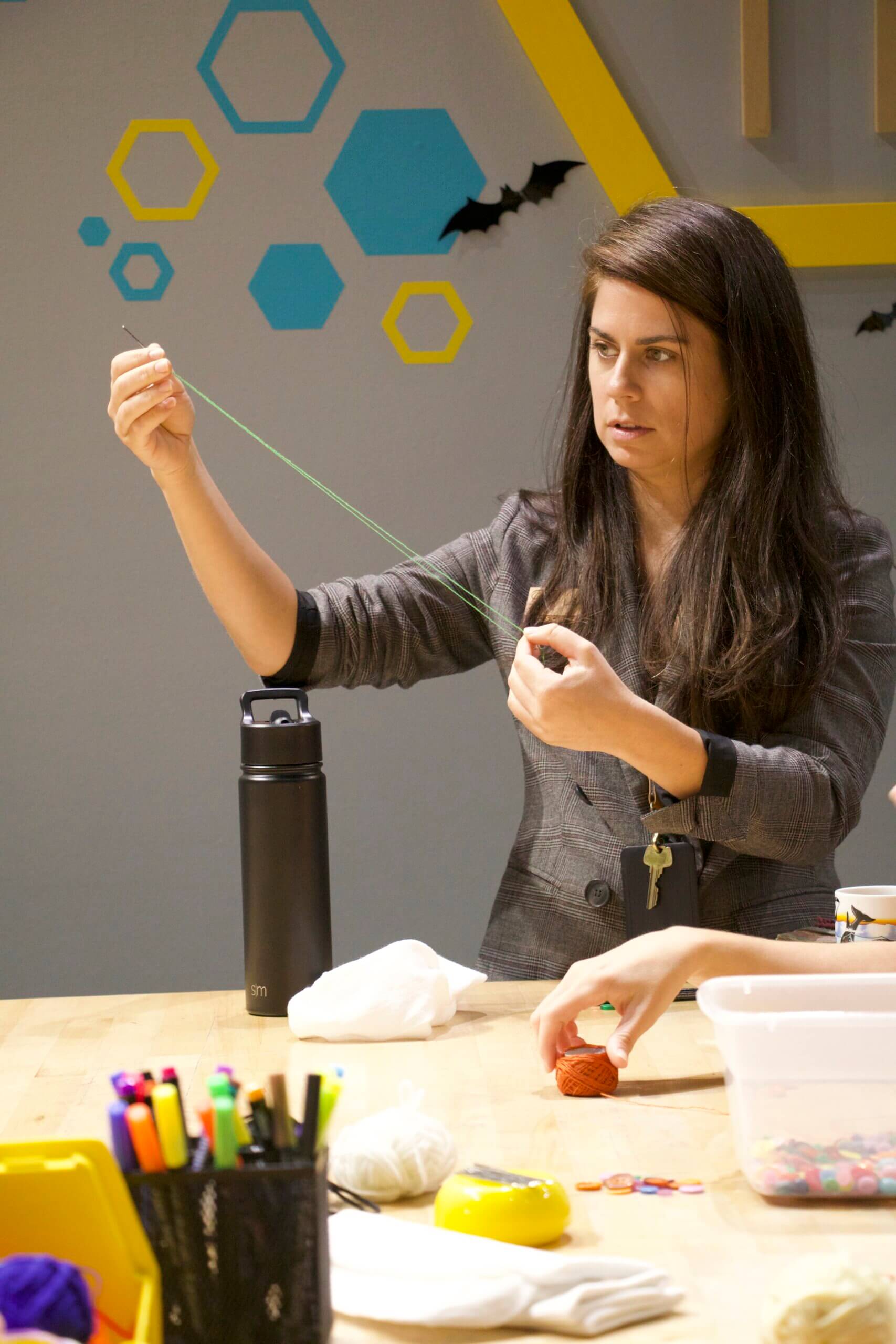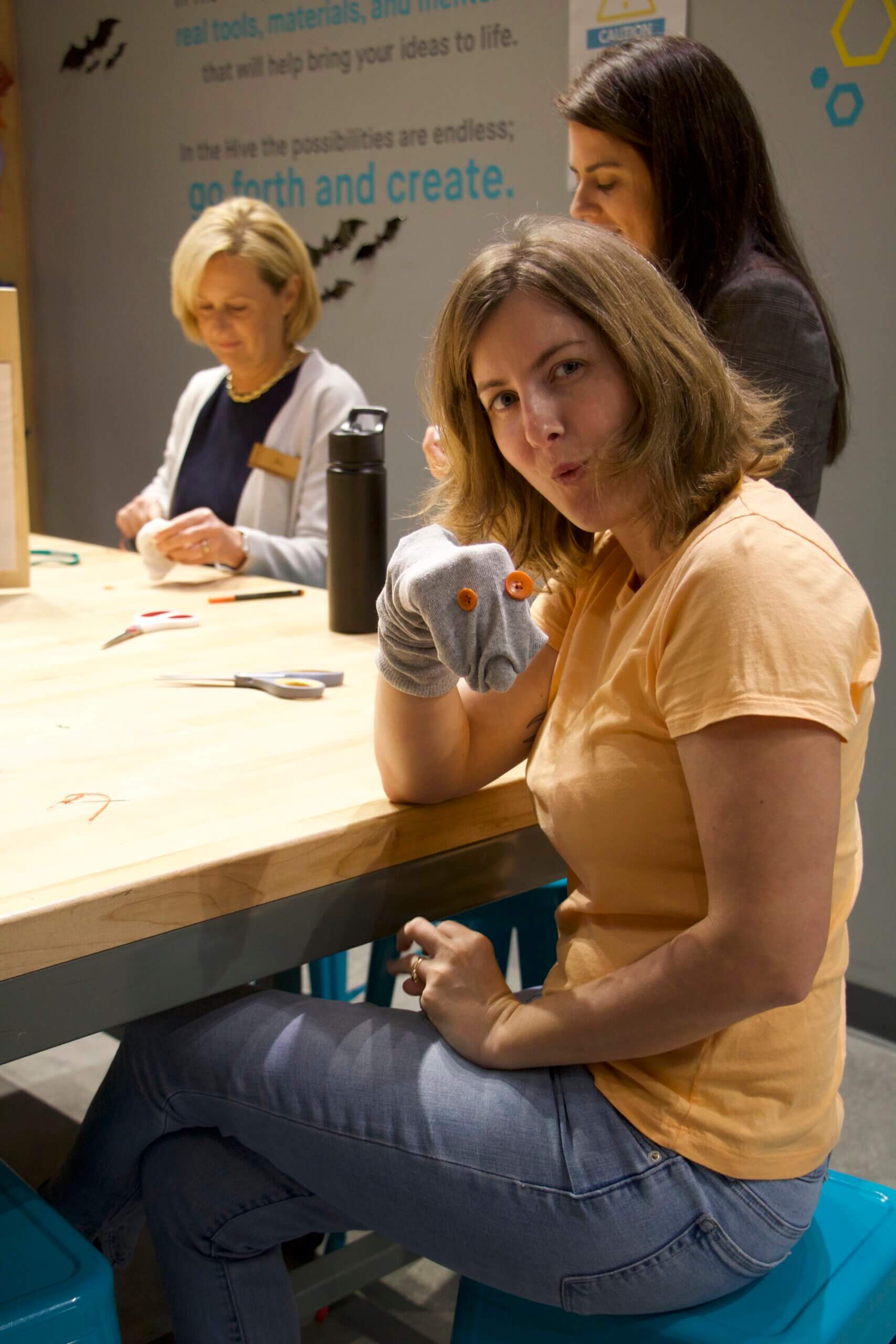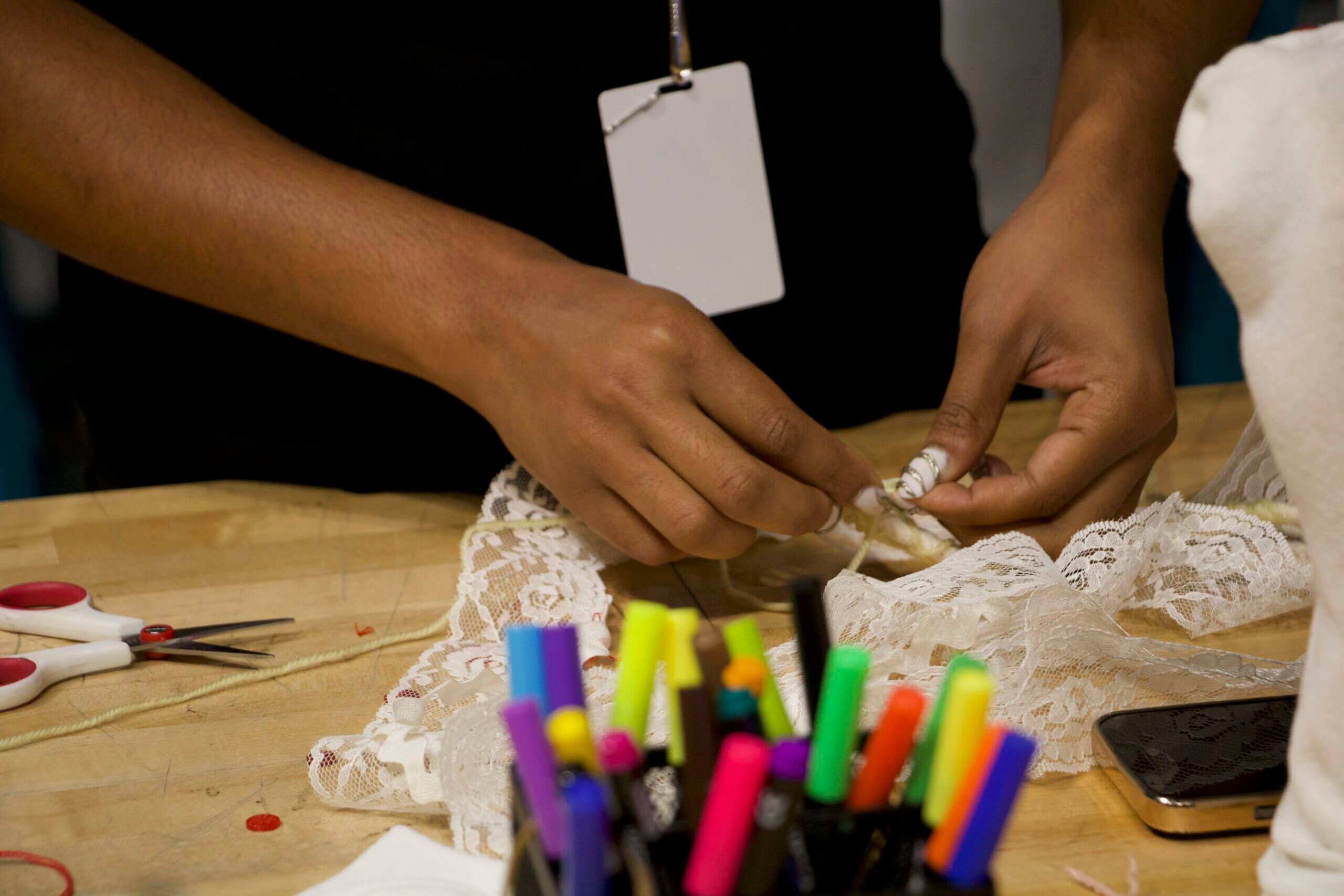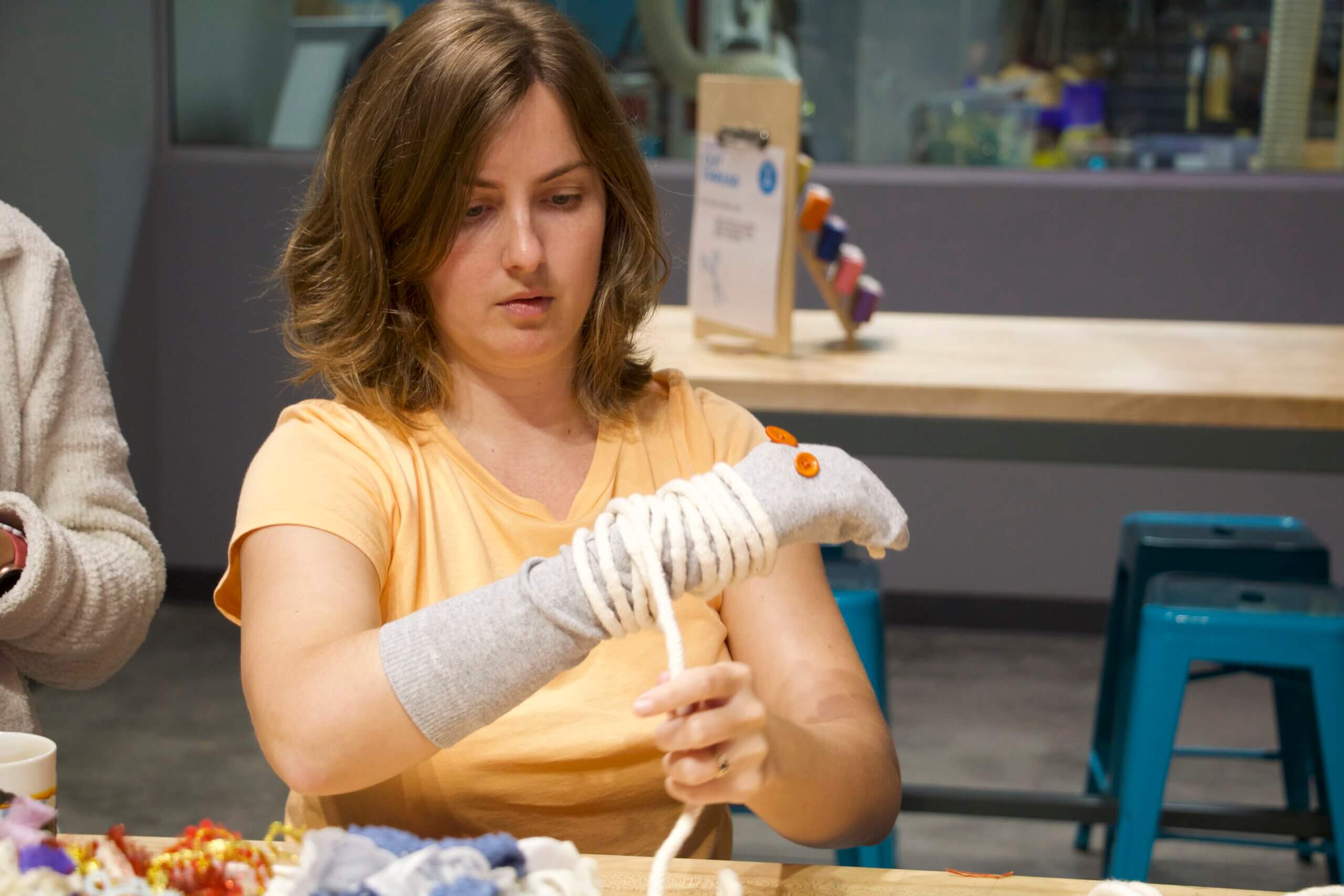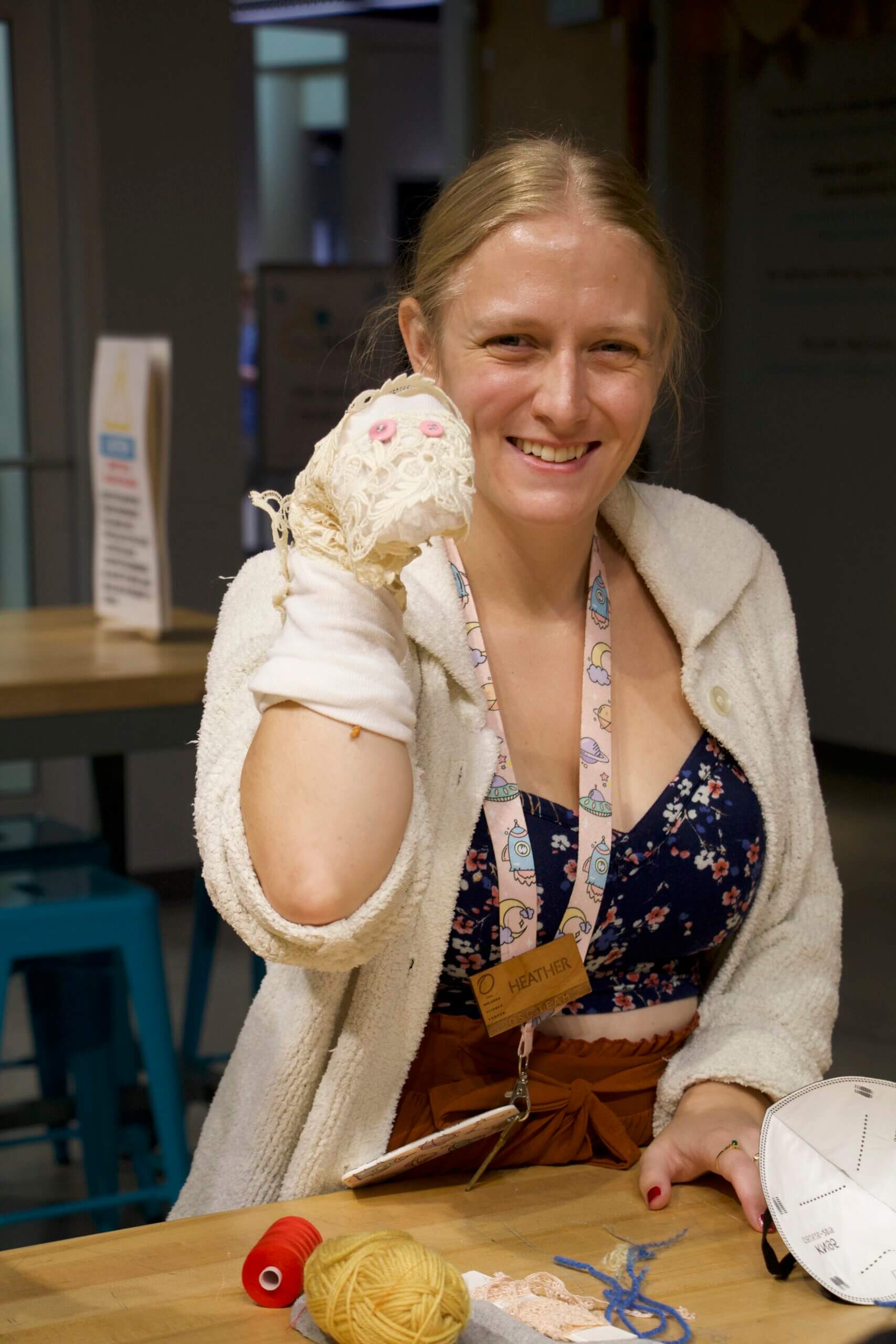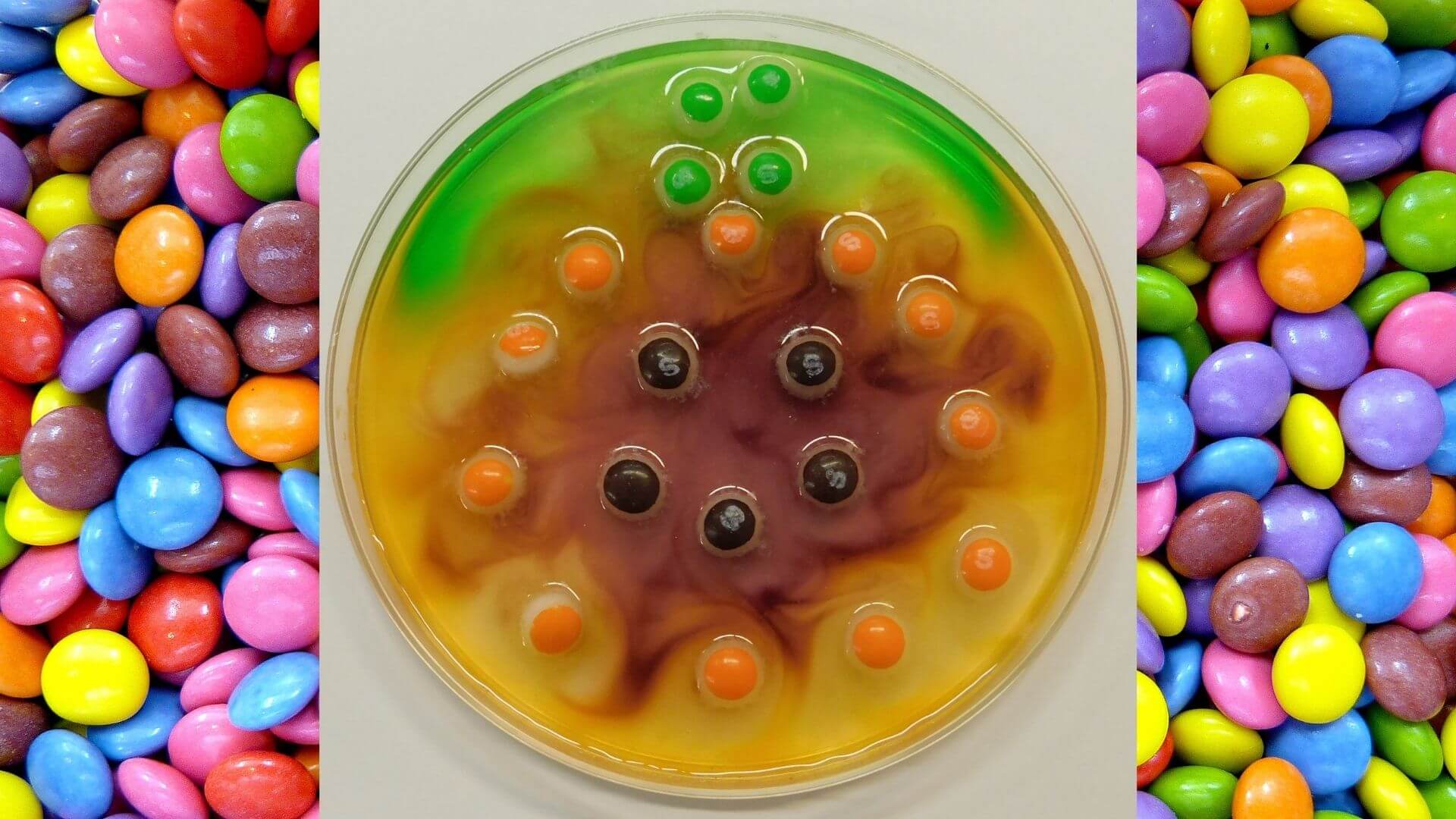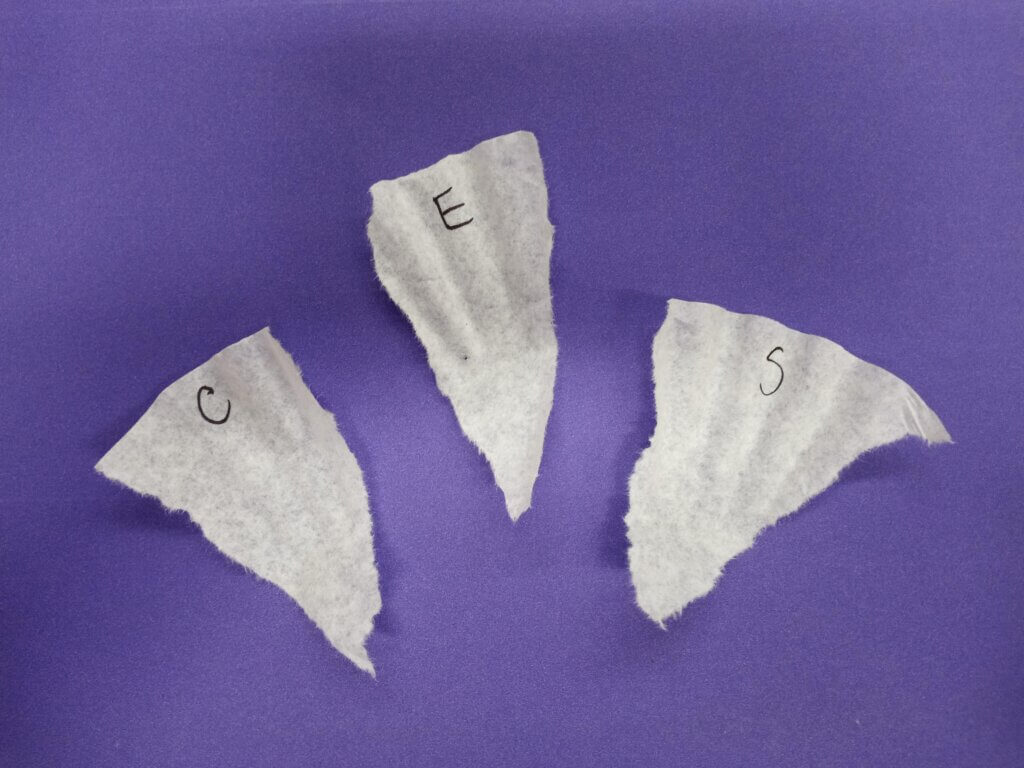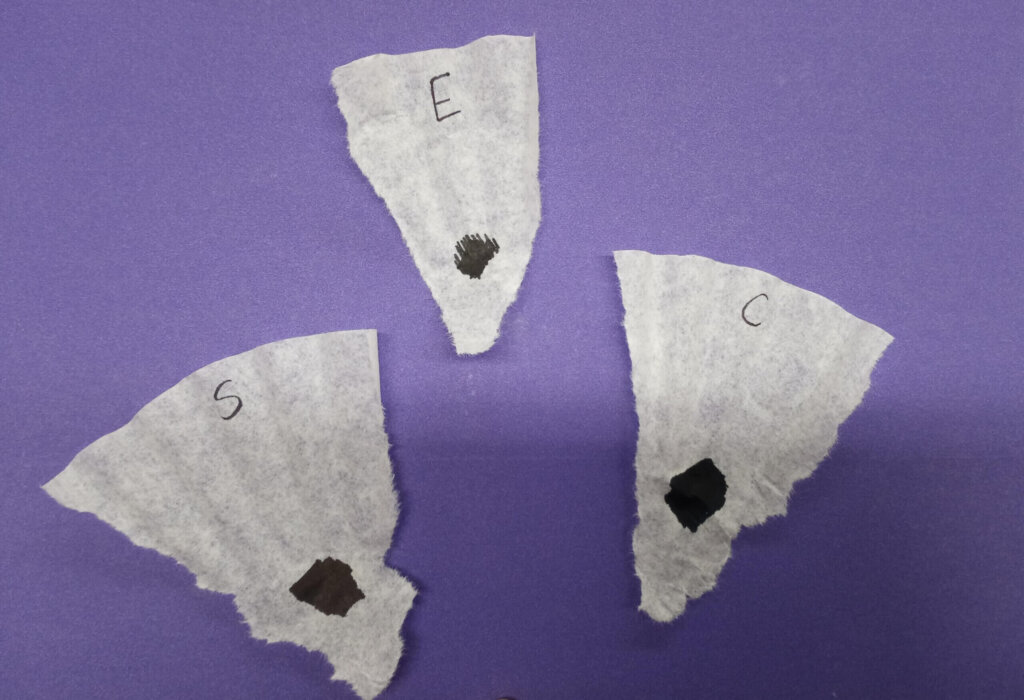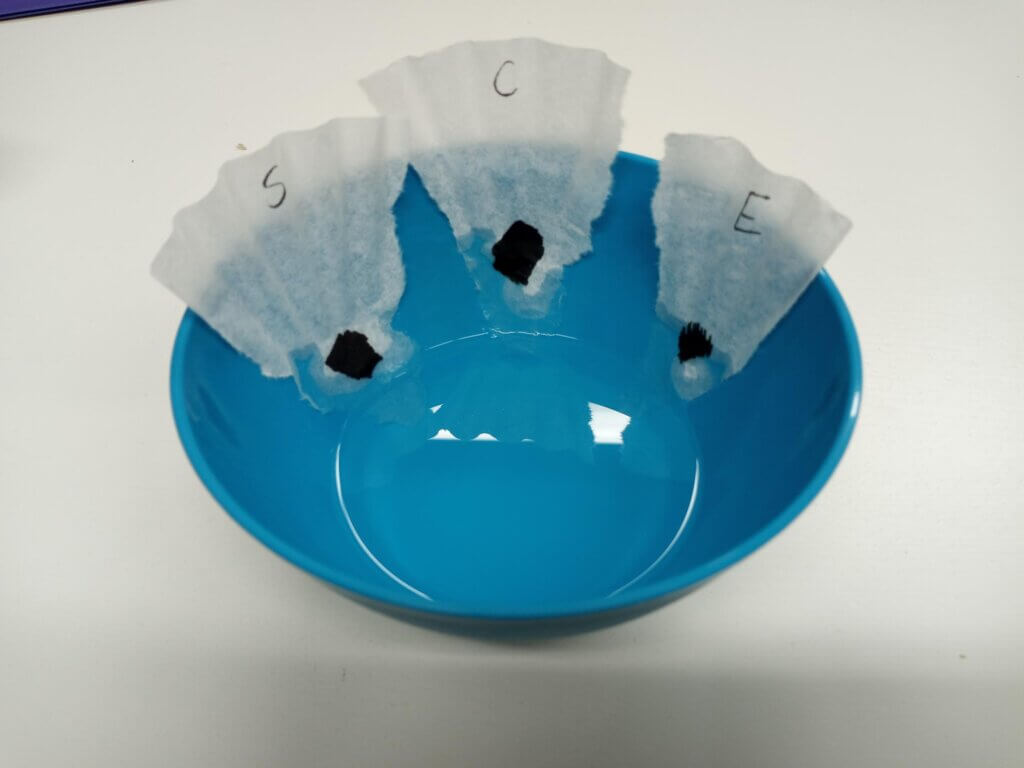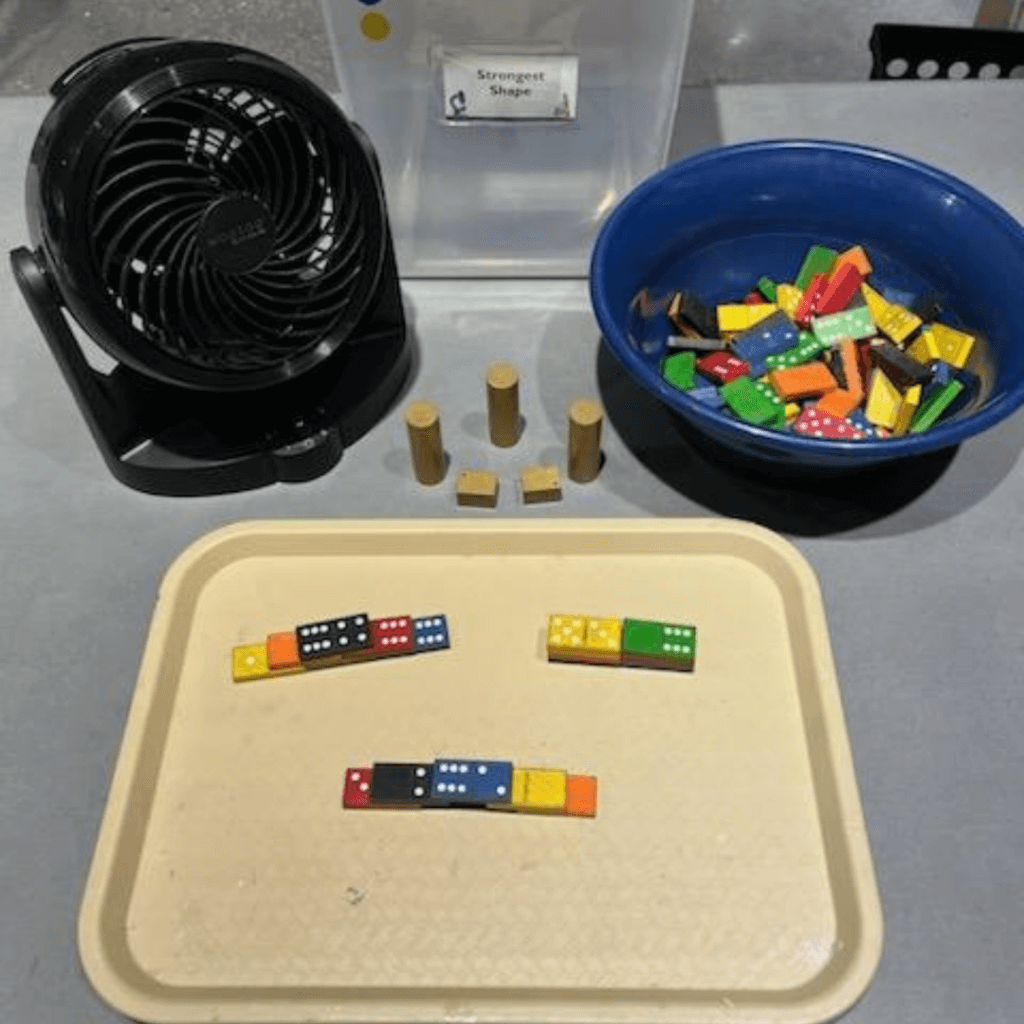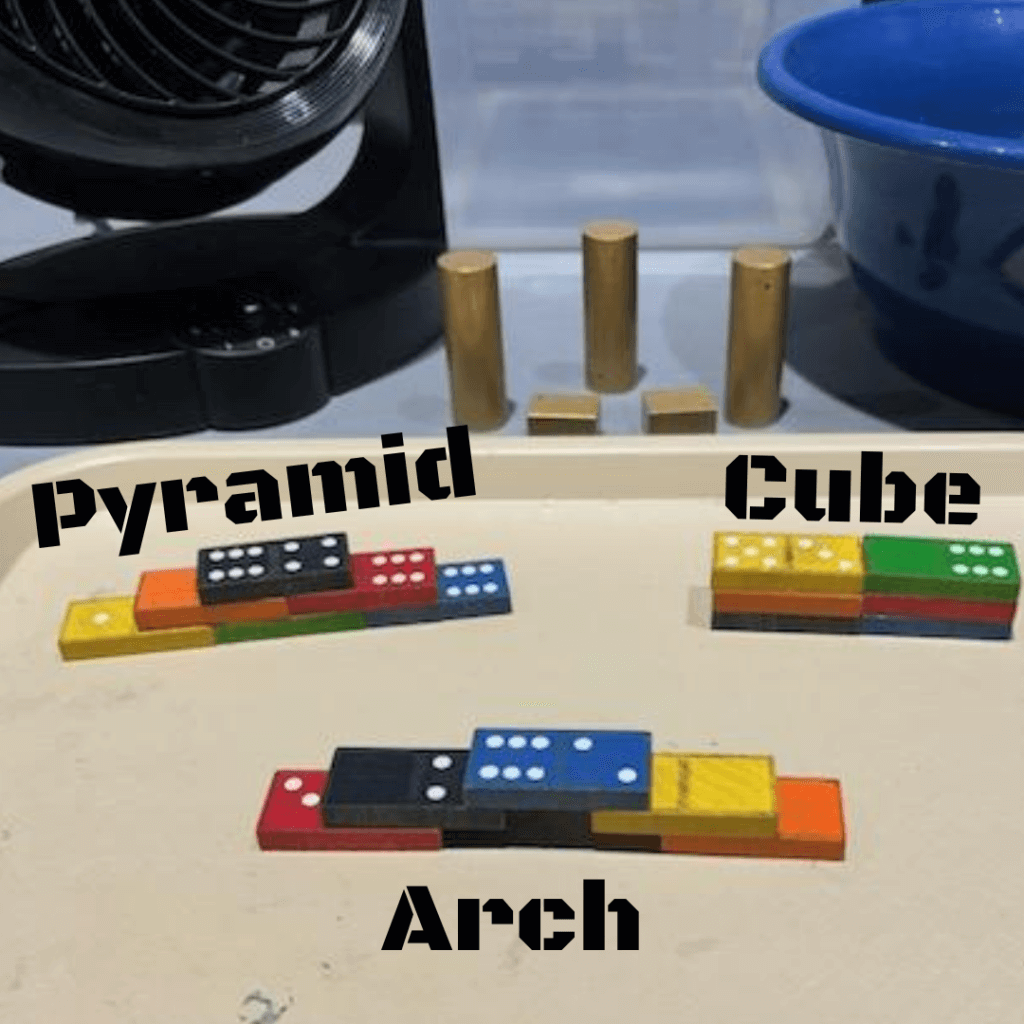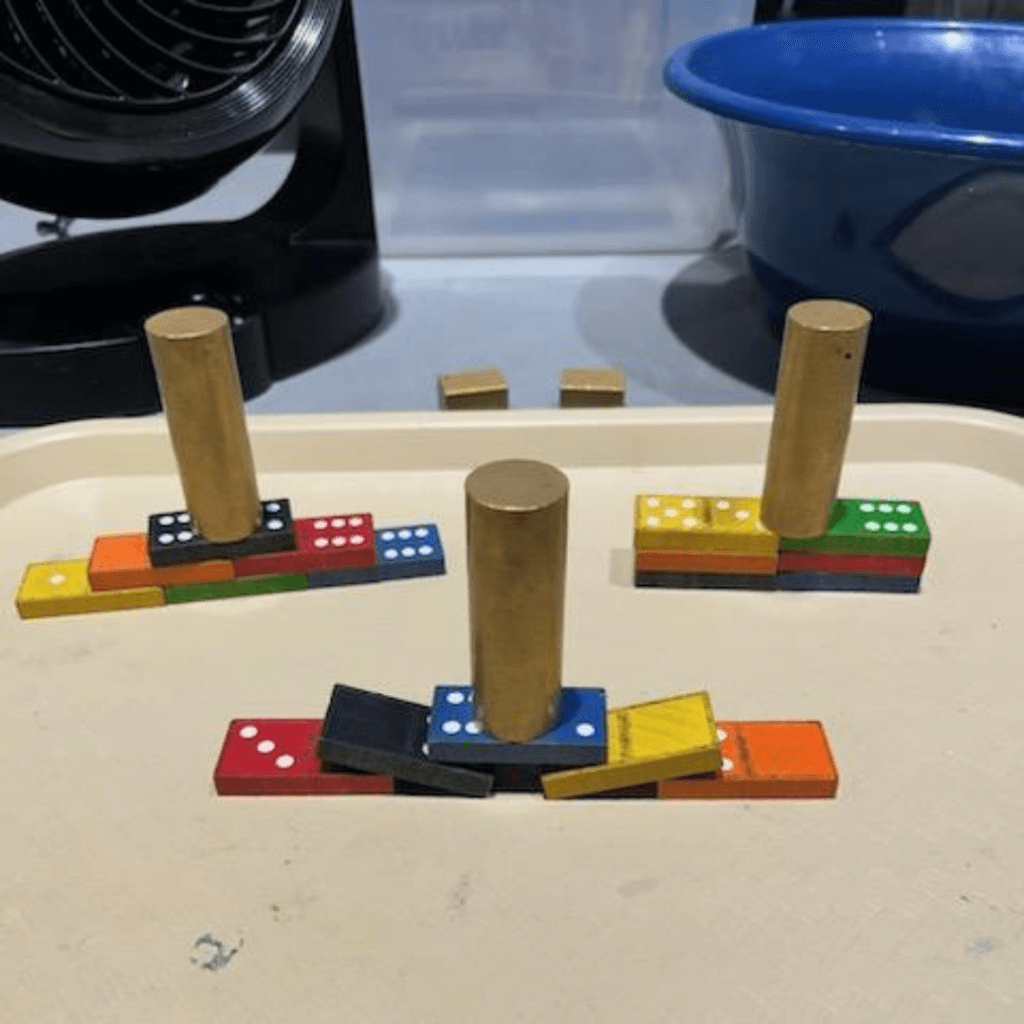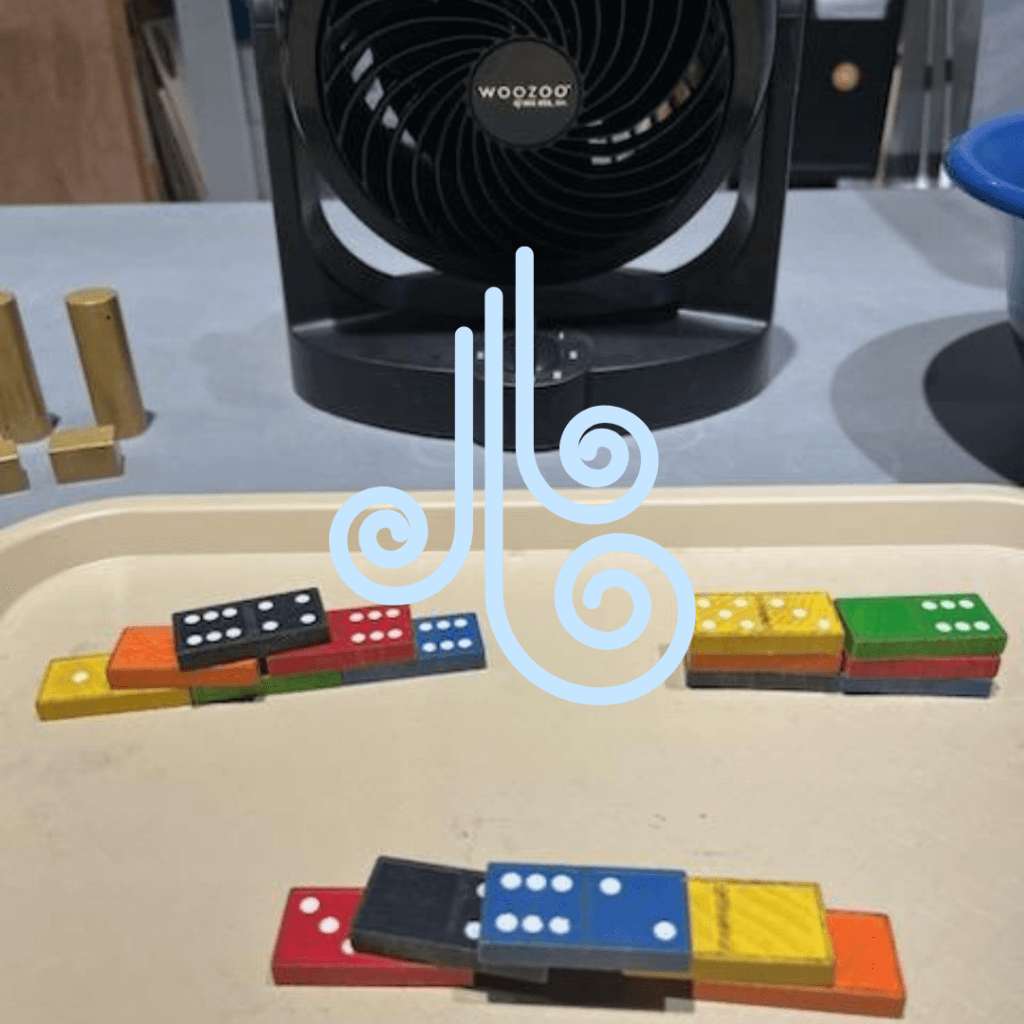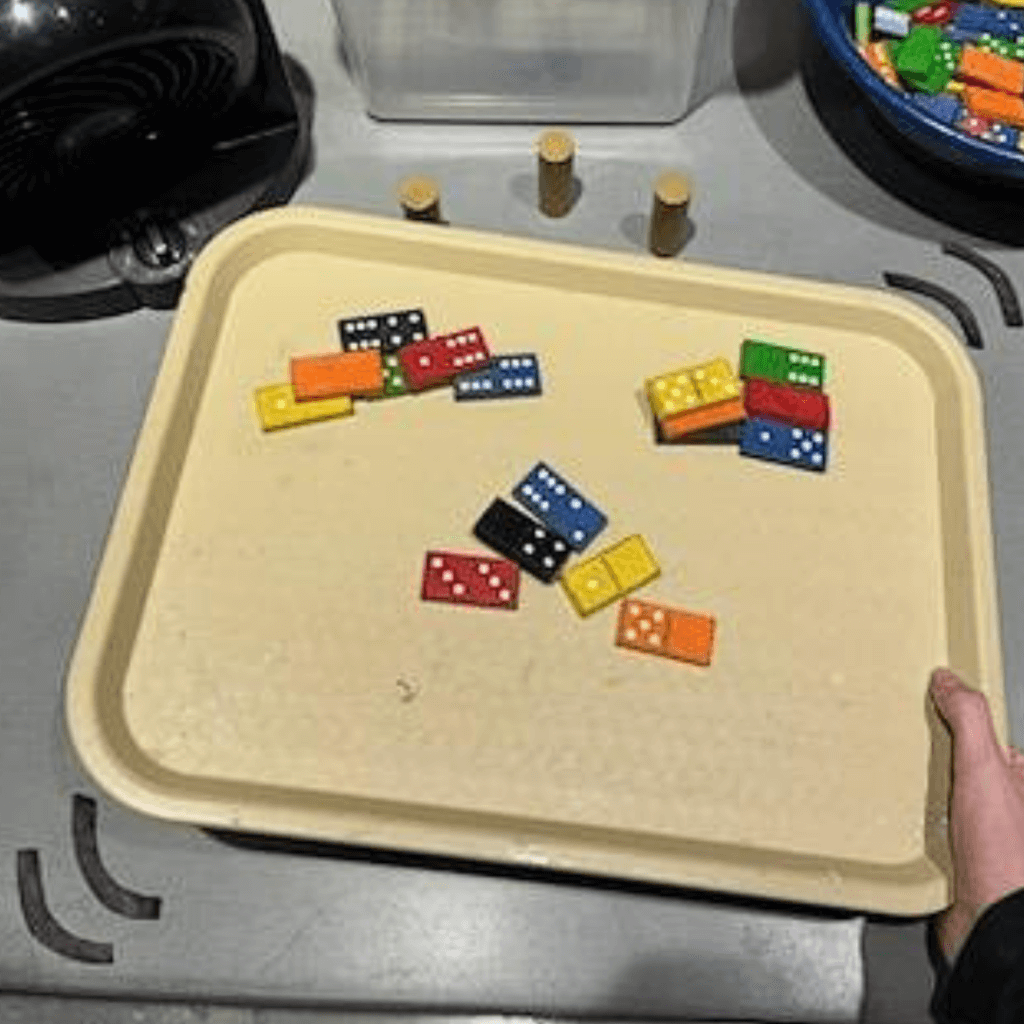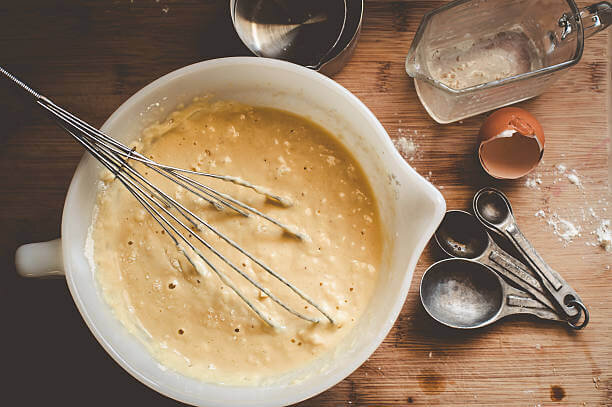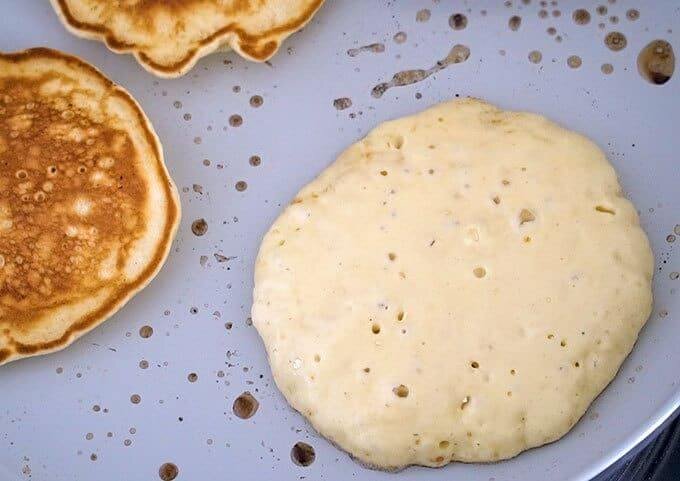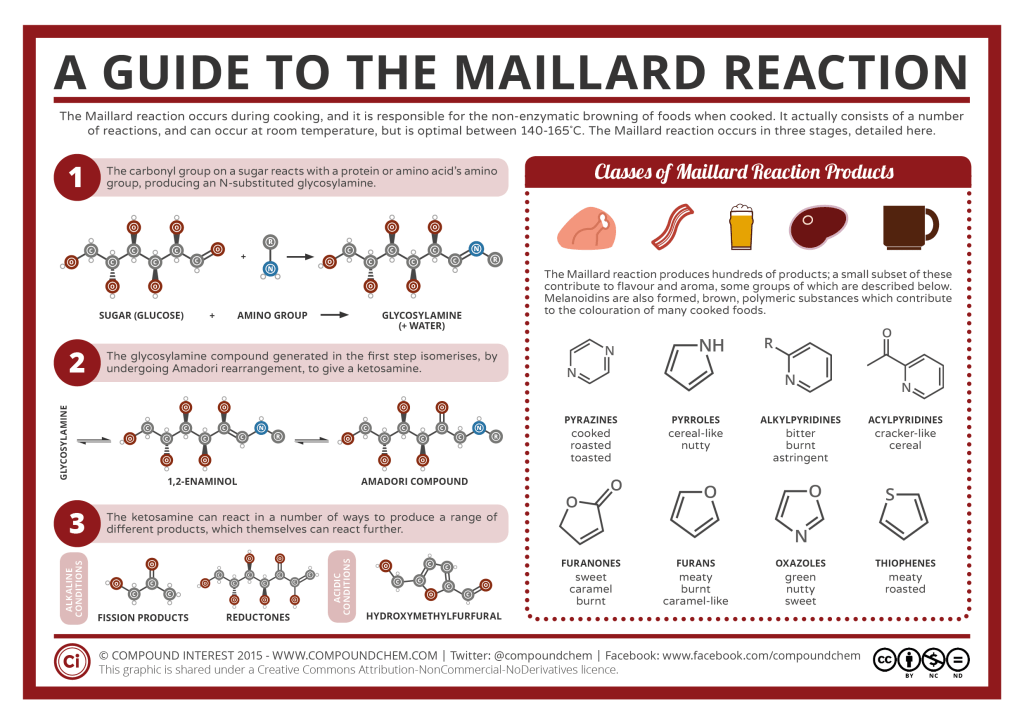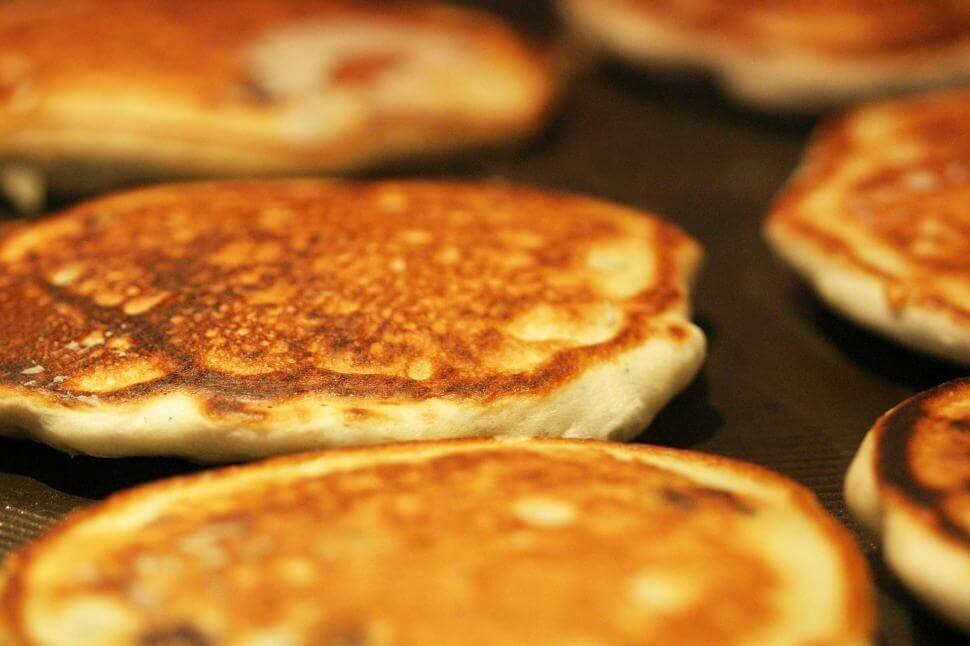Try this at Home - Eclipse Pinhole Viewer
This DIY pinhole viewer can be used to observe the sun any time, but it will be especially useful for the solar eclipse on April 8th! For more information about how to experience the eclipse at the Science Center, visit www.osc.org/eclipse.
What is an annular solar eclipse?
A solar eclipse happens when the Moon passes between Earth and the Sun, casting a shadow on the planet. However, there are different types of solar eclipses. A total solar eclipse happens when the Moon completely blocks the face of the Sun, causing a brief period of darkness during the day. A partial solar eclipse happens when the Moon, Sun, and Earth are not perfectly aligned, causing only a part of the Sun to be covered and giving it a crescent shape. An annular solar eclipse happens when the Moon is at its farthest point from Earth, making it appear smaller than the Sun in our sky. This creates a ring effect around the Moon. The term "annular" refers to this ring effect.
What is going to happen?
The April solar eclipse will begin at 1:46 pm, peak at 3:03 pm, and end at 4:17 pm giving viewers an adequate amount of time to see this celestial event as it happens. ⚠️ IT IS NEVER SAFE TO LOOK DIRECTLY AT THE SUN DURING A PARTIAL ECLIPSE WITHOUT SPECIALIZED EYE PROTECTION! This can cause severe retina damage. Our staff will be on hand to highlight how to correctly use solar eclipse glasses.
You can use this DIY pinhole viewer to safely experience the eclipse from anywhere!
Materials:
- Cardboard box (like a cereal box, skinny delivery box, etc.)
- Aluminum foil
- Paper
- Tape
- Scissors
- Pointy thing
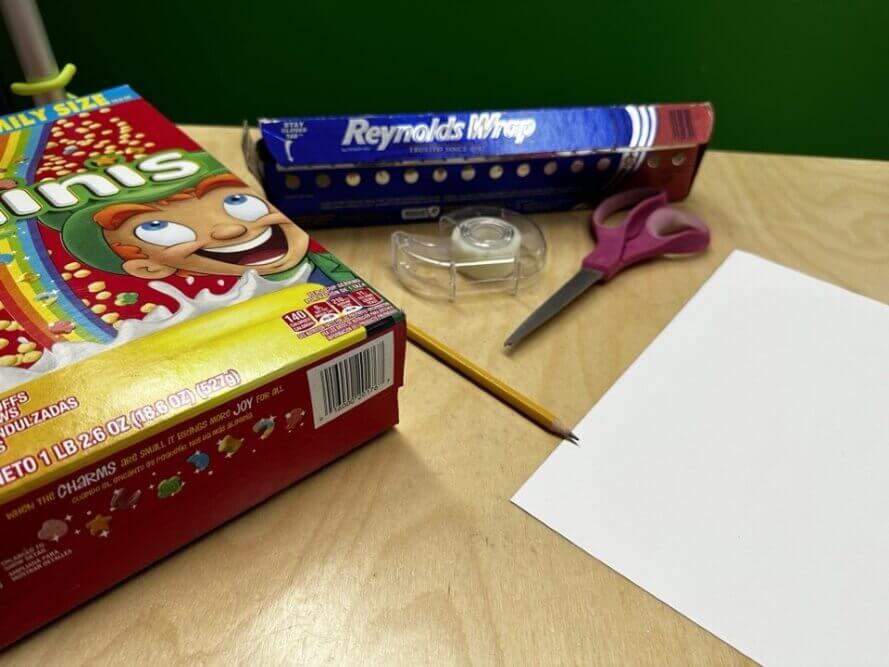
How to make your DIY pinhole viewer!
- Figure out where your pinhole will be! You want sunlight to shine through the hole and travel as long as possible inside the box before hitting the other side.
- Trace the bottom of the box on a piece of paper. Cut out the paper and tape it to the inside of the box. This is your projection screen!
- Carefully cut two holes in the top of the box. One will be your viewing window, and the other the pinhole.
- Cover one of the holes with tin foil and poke a tiny hole to make your pinhole.
- Now just head outside! Hold the box so you are looking down through the viewing window and position yourself so that the sun shines onto the projection screen.

